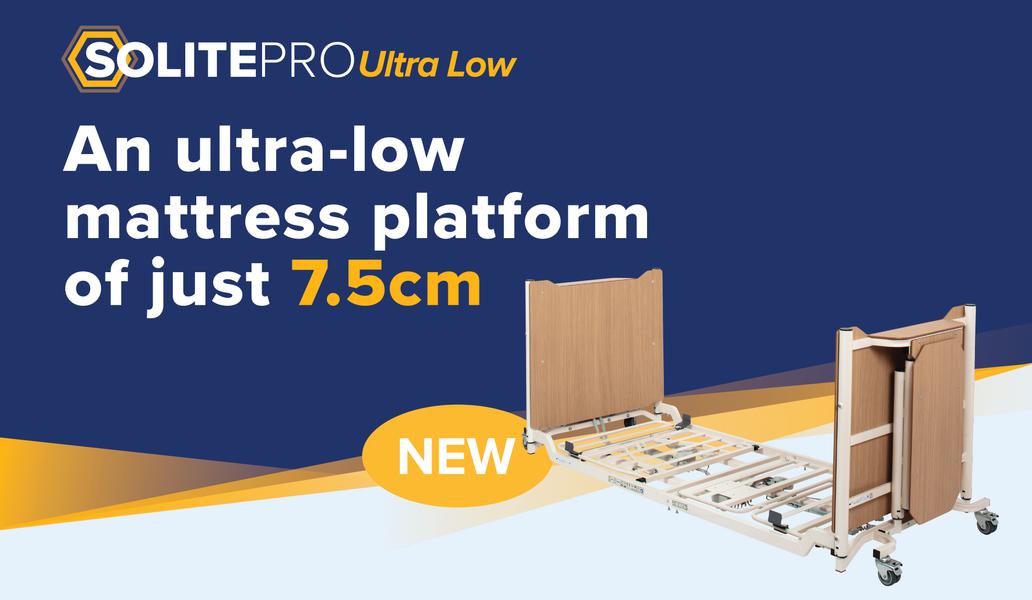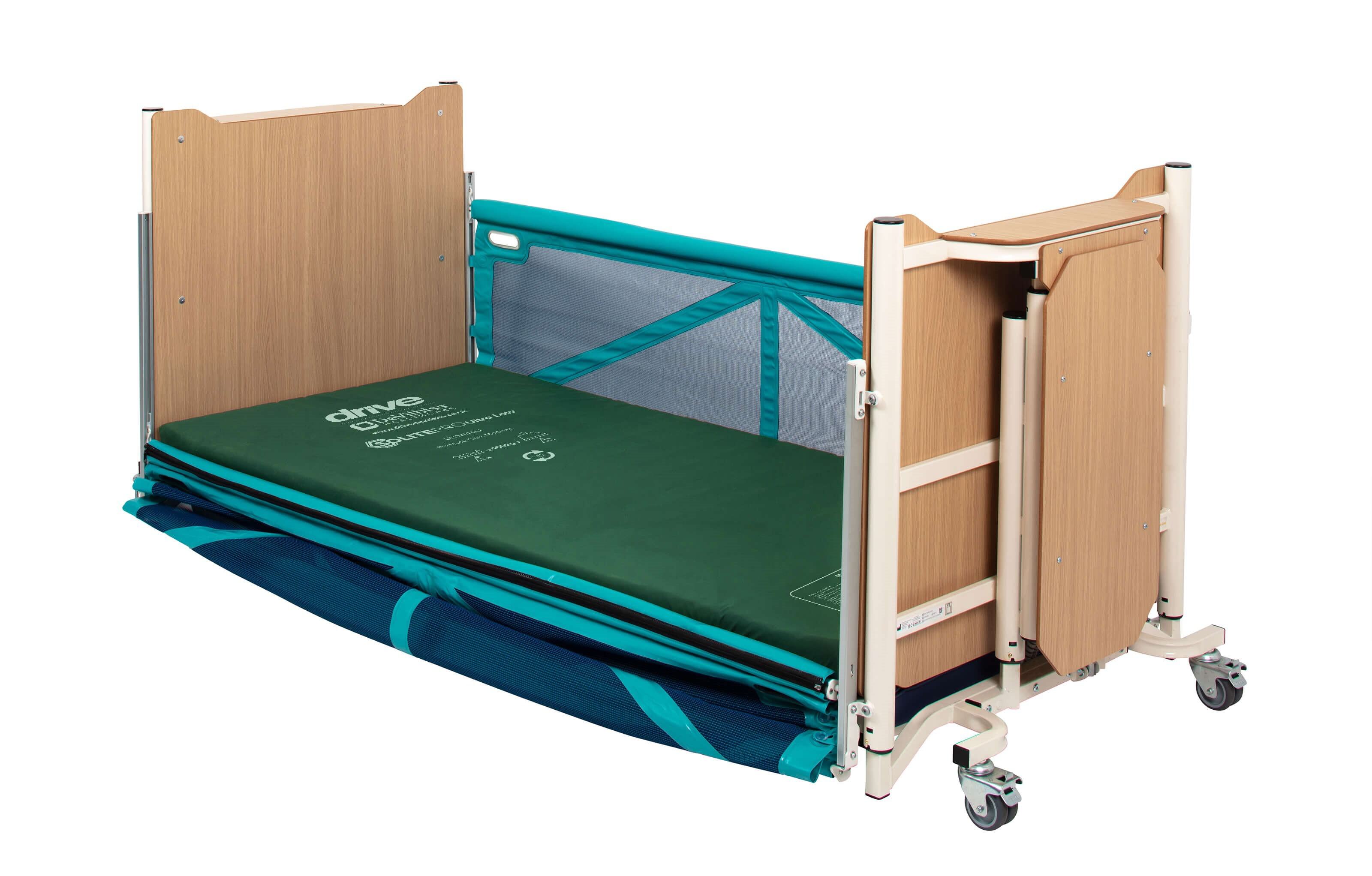
Expansion of Specialist Community and Long-Term Care products at Drive DeVilbiss Healthcare
Exciting new developments for the community and long-term care environments are ongoing at Drive DeVilbiss Healthcare, as they expand their range of home care and residential care beds for those most vulnerable to falls.
Falls and fall-related injuries are most common in the older population, with people aged 65 and older at highest risk. Reports recorded falling at least once a year in 30% of those older than 65 and 50% of people aged 80 or above[i]. A report by the National Institute for Health and Care Excellence (NICE) in 2013 stated that the cost of falls to the NHS amounts to more than £2.3 billion every year, meaning the NHS spends more than £6 million each day as a result of falls[ii].
Besides the huge financial costs, there are significant human costs related to falls, including distress, pain, injury, loss of confidence, loss of independence and mortality. Falling also affects the family members and carers of people who fall.
For many years Drive DeVilbiss Healthcare have manufactured and supplied low height beds for community and long-term care environments, offering solutions to reduce the risk of injury from a fall. The medical bed experts based in Halifax, West Yorkshire have designed an even lower bed to assist in further reducing these risks for the most vulnerable population.
Drive DeVilbiss Healthcare have just launched their Solite Pro Ultra Low bed; a four-section electrical profiling bed, offering their lowest minimum platform height yet at just 7.5cm, enabling the bed platform to be lowered even closer to the floor and reducing the risk of a fall from height for vulnerable occupants. As well as an ultra-low minimum height, the innovative, patented Dual Actuator System (DAS) allows the mattress platform to rise to 80.3cm, to ensure that a carer’s posture is closer to neutral for the moving and handling of bed occupants.
The Solite Pro Ultra Low has been developed for home care, nursing and residential care settings and offers clinically advanced features whilst providing a comfortable and safe sleeping environment. Featuring an Auto Regressing backrest, the Ultra Low bed is designed to maximise occupant comfort. The backrest section of the profiling bed raises and regresses away from the pivot point based around the sacrum; the resulting increase in space in the sacral area promotes comfort and minimises shear and friction forces while supporting the reduction in torso compression[iii].
“We have developed the Solite Pro Ultra Low in response to increased market requirements for specialist ultra-low beds. The Product Design Team have designed a patented DAS resulting in a bed platform able to meet both occupant and carer requirements. We are thrilled to add this bed to our community and long-term care product portfolio.”
Kerry High, Director of International Category Management at Drive DeVilbiss Healthcare Ltd

Designed with occupant safety and comfort in mind, this latest bed range is supported with a range of optional accessories. These include mesh safety side rails and a dedicated static mattress, a raised height transport stand for easy storage and transportation, a bed extension of 16.5cm for taller occupants, a 15cm deep crash mat and other accessories to compliment the bed.
The Solite Pro Ultra Low bed has undergone external independent testing to meet the requirements for medical electrical equipment and is compliant with EN 60601-1, EN 60601-1-11 and EN 60601-2-52.
Drive DeVilbiss Healthcare design and manufacture the Solite Pro range of beds from their production facilities in Halifax, West Yorkshire, supporting the local economy where possible by sourcing materials and components from local suppliers.
For further information on the Solite Pro Ultra Low bed please see product pages here
References
[i] Falls in older people: assessing risk and prevention. Clinical Guidance 12 June 2013 https://www.nice.org.uk/guidance/cg161
[ii]https://www.nice.org.uk/guidance/cg161/chapter/introduction
[iii] Role of Bed Design and Head-of-Bed Articulation on Patient Migration Kermit G. Davis, PhD and Susan E. Kotowski, PhD CJ Nurs Care Qual. 2015 Jul; 30(3): E1–E9.